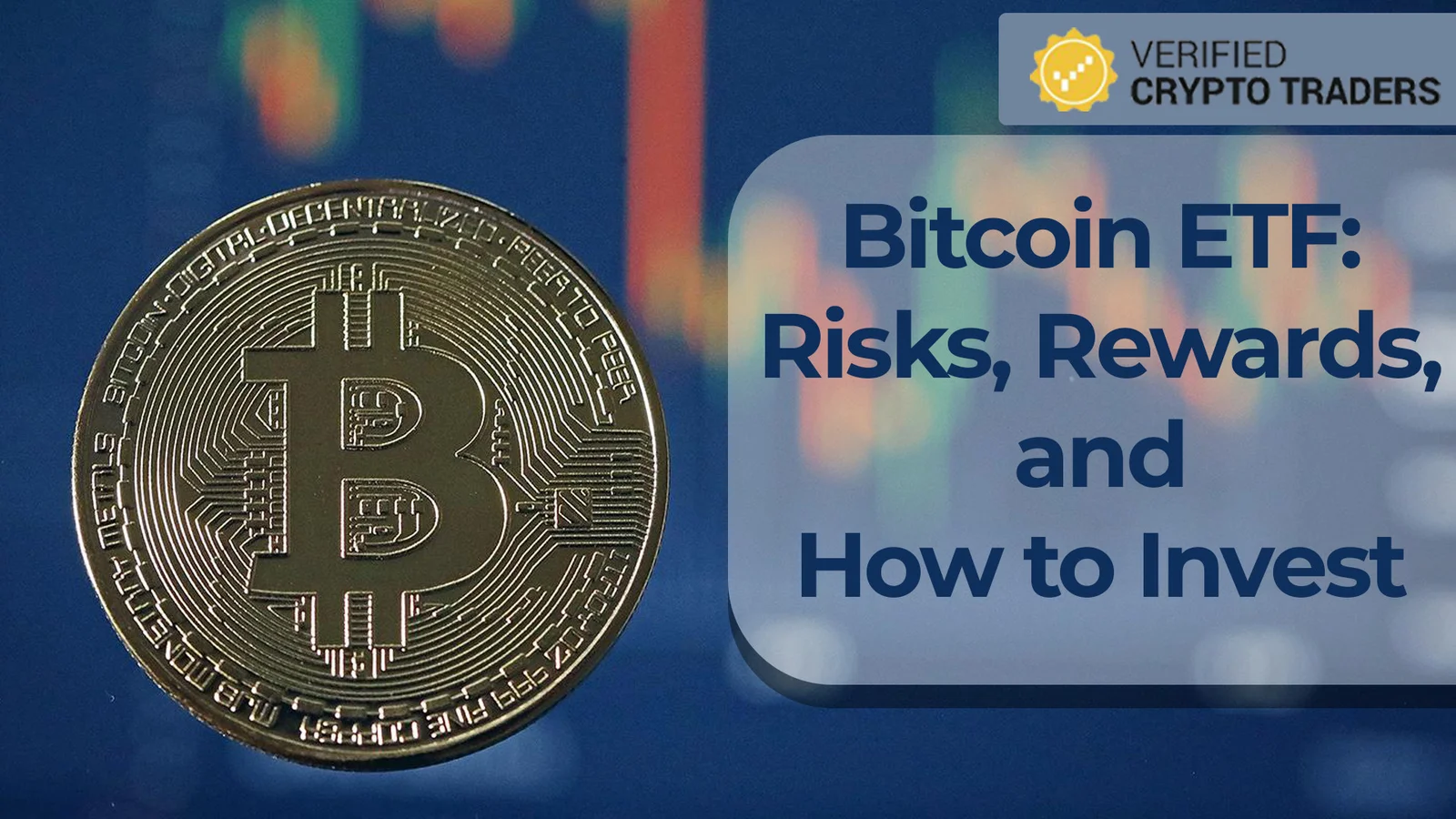
Table of Contents
Bitcoin (BTC), the foremost cryptocurrency by market capitalization, has continued to show signs of resilience in the $80,000 area despite the macroeconomic onslaught and recent price pullbacks in a technical sense. After what looked like a sharp rally earlier in the week, seeing BTC at one point high of $83,548, the virtual asset has taken a breather by, but questions remain whether BTC can regain its bullish momentum or fall back below support levels.
Currently inspiring its breath into the bullish area at around $80,497. Market subjects are keenly looking at critical BTC technical analysis levels to determine whether the BTC price will be able to regain bullish momentum or fall back below support levels.
Price Movement of BTC: From Surge to Support Test
Bitcoin started a new upward rally on the first day of this week after establishing a solid foundation near the level of $77,500. After successive base breakouts above key resistance lines at $79,500 and $80,000, it was able to achieve an intraday ceiling price of $83,548. Profit-taking and market uncertainty, however, caressed a high retracement since such response went up quite heavily.
BTC technical analysis shows that BTC dipped below both the $81,500 and $80,500 marks, as well as retraced toward the 23.6% Fibonacci level, which correlates to the rally initiated from the swing low of $74,572 and extended to the high of $83,548. Current condition remains above $79,500 with the support of the 100-hourly Simple Moving Average (SMA) acting as a significant dynamic support zone.
Key Technical Indicators Signal Uncertainty
An emerging bearish trend line has begun acting as resistance at the $80,500 level on the hourly chart for BTC/USD. This has resulted in the immediate resistance being at current levels, with subsequent layers of resistance arriving at $81,500 and the significant $82,500 level, which had previously been a pivot during the earlier bullish run.
BTC technical analysis suggests that if a break and close above $82,500 were to occur, further bull runs would be likely in the direction of $83,500 and possibly $85,000. Conversely, if this level proves unbreakable, further correction could be expected.
- MACD: The hourly MACD is slowly weakening within the bullish region, implying that the buying momentum is weakening.
- RSI: The RSI for BTC/USD is still above 50, suggesting very mild bullish momentum, with a serious risk of further losses if it dips below that level.
Major support levels arrive at $79,500 and then at $79,000, which aligns with the 50% Fib retracement of the $74,572 to $83,548 move. Should these supports be breached, the BTC price might plunge even further with the possibility of near-term testing of the support zones at $78,000 and possibly $76,500 and $75,000.
Macro Trends Affecting Bitcoin
One must take into consideration measures other than that of the present-day affairs of Bitcoin. For instance, a few macroeconomic and geopolitical situations play a great role in deciding market sentiment:
1. Federal Reserve’s Rate Cut and Its Impact
Earlier this week, the Federal Reserve approved a decrease in interest rates by 25 basis points, effectively lowering the federal funds rate into a range of 4.50-4.75%. The timing of the rate cut had to do with indications of inflation cooling; for instance, March’s Consumer Price Index had dropped to 2.5% from 3.2% at February’s reading.
BTC technical analysis shows that this dovish aspect has brought much optimism to the equity and crypto markets. Lowering interest rates makes it easy to speculate on riskier investments such as Bitcoin. Thus, an investor’s fine balance exists due to broader uncertain risk scenarios prevailing in the economy that keep them jittery.
2. Geopolitical Uncertainty: Trade Tensions Resurface
The resurfacing of U.S.-China trade tensions has thrown yet another veil of uncertainty. The re-imposition of tariffs by U.S. President Trump and retaliatory actions announced by China prompted a cautious reaction in global markets. Risk assets like Bitcoin may flock to safety if the geopolitical backdrop worsens even further.
Whales and Institutions: Still Accumulating?
There are many news headlines on price volatility, but on-chain data shows that activity has ticked up among Bitcoin “whales”-addresses holding anywhere between 1,000 BTC and 10,000 BTC, according to 99Bitcoins. These large holders have been adding to their BTC bags at a rate that is faster than their 30-day average, which could speak to a long-term bullish outlook regardless of any short-term price fluctuations.
In addition, Bitcoin ETF flows remain mixed, as there have been outflows in periods of price consolidation, but market analysts remain confident that the ongoing halving cycle, which is expected sometime in 2025, will help fuel Bitcoin’s price rise. Data indicates that halvings have historically preceded big bull runs.
Market Sentiment: What the Experts Say
Prominent Bitcoin supporter Micheal Saylor, who is also the chairman of Microstrategy, has remained consistent in his stance on BTC. He recently made a public statement encouraging all stakeholders or investors to buy the future, implying his belief in Bitcoin’s potential to act as an inflation hedge and a store of value in the long term.
According to other analysts, a bullish breakout could be set to happen if BTC technical analysis manages to ride above the momentum level of $82,500. FXLeaders, in a market note of April 11, highlighted that “BTC holds above its value of $80,000 among the halving cycle shift and ETF outflows,” projecting a possible price target within the coming months to be around $90,000 should bullish catalysts show.
BTC at a Crossroads
Now, the current consolidation of Bitcoin above the $80,000 line has put the digital asset at a crucial point. The immediate next sessions will be critical in guiding the market toward a direction. Successful breaks above $80,500 and $82,500 will open doors to renewed bullish waves. On the contrary, falling below $79,000 would mean further correction risks.
According to information, both investors and traders would now have to monitor macro updates, geopolitical news, and BTC technical analysis levels that still shape BTCs price moves right now in a very volatile environment.


